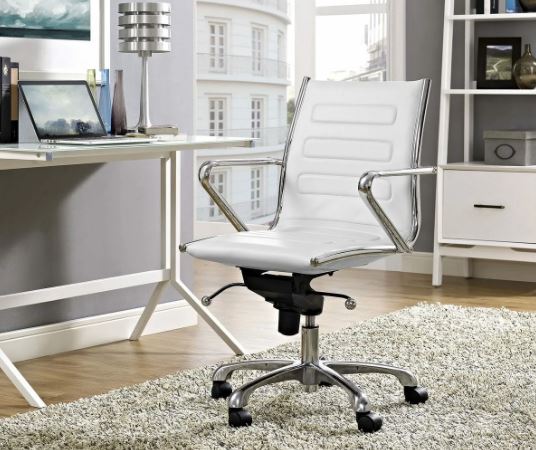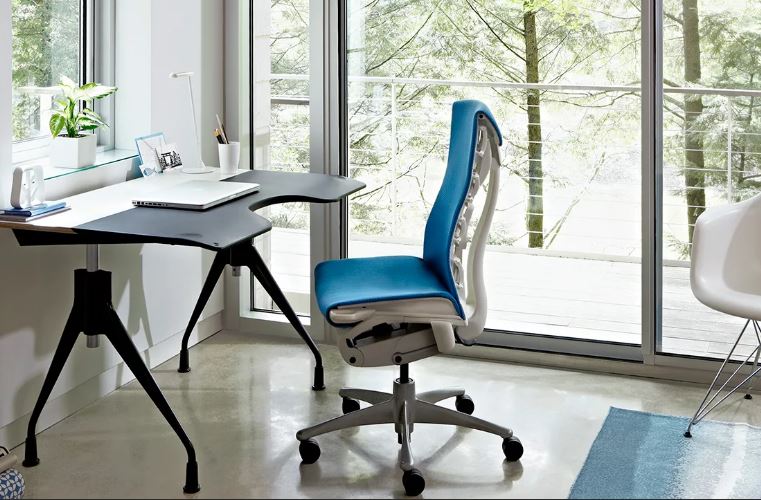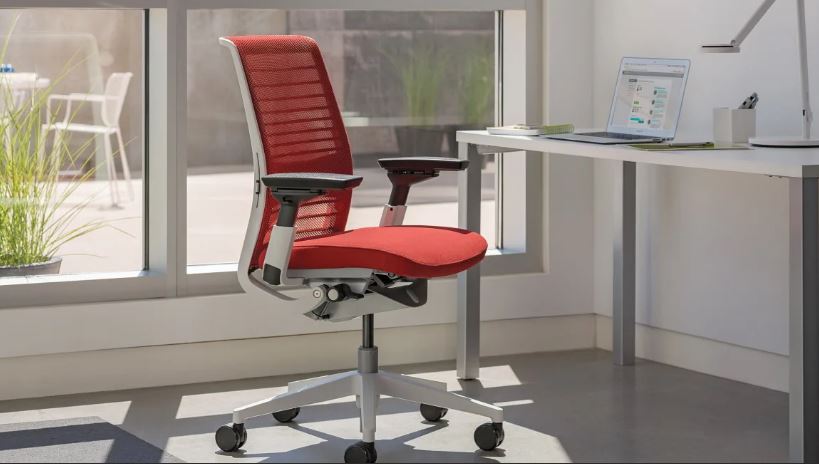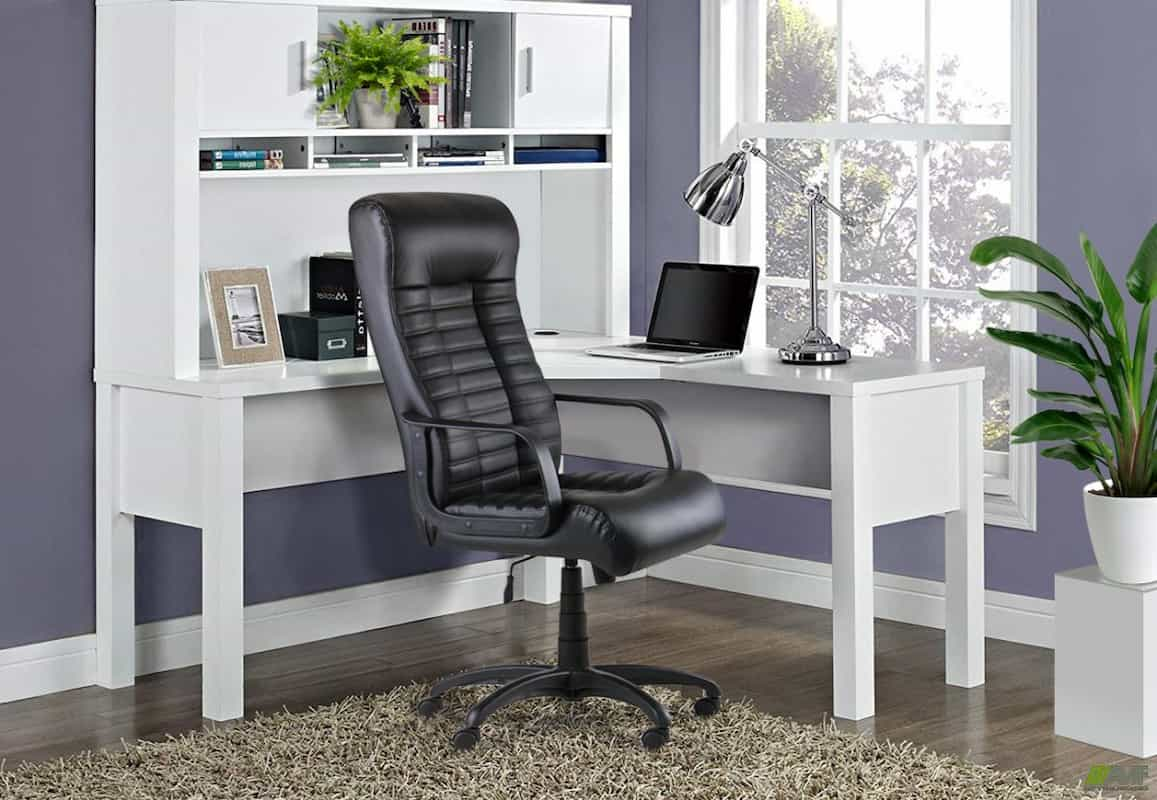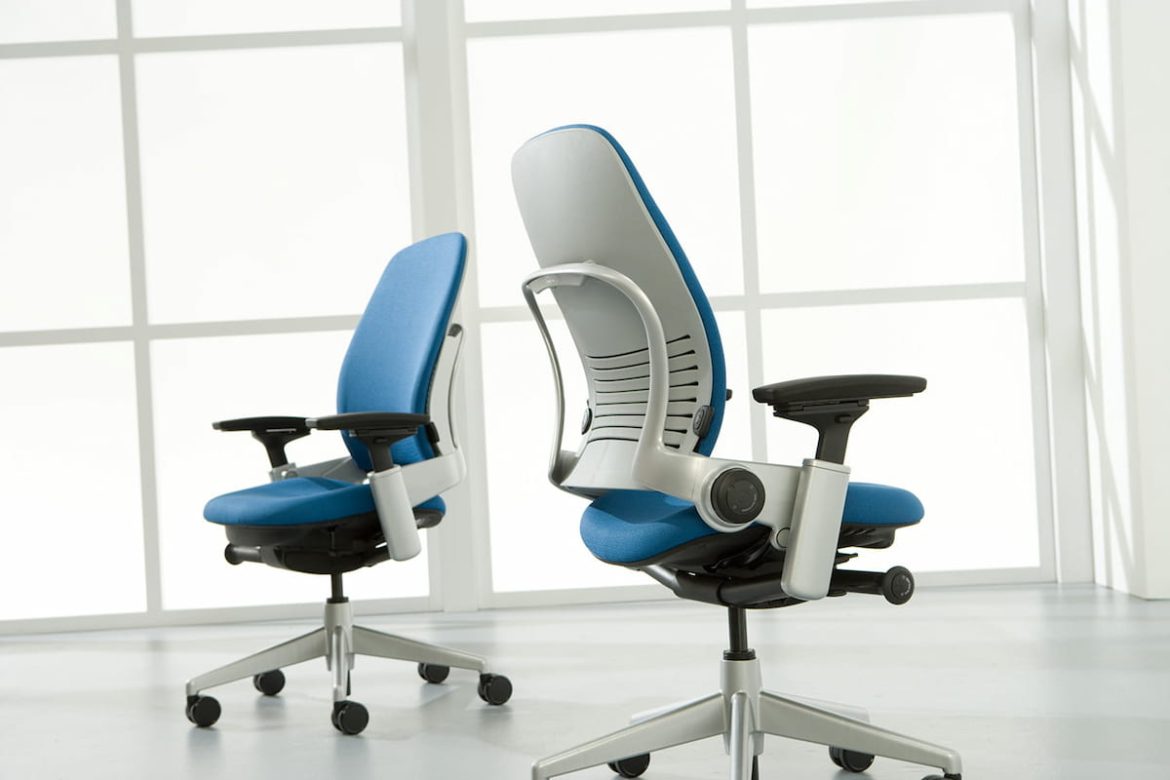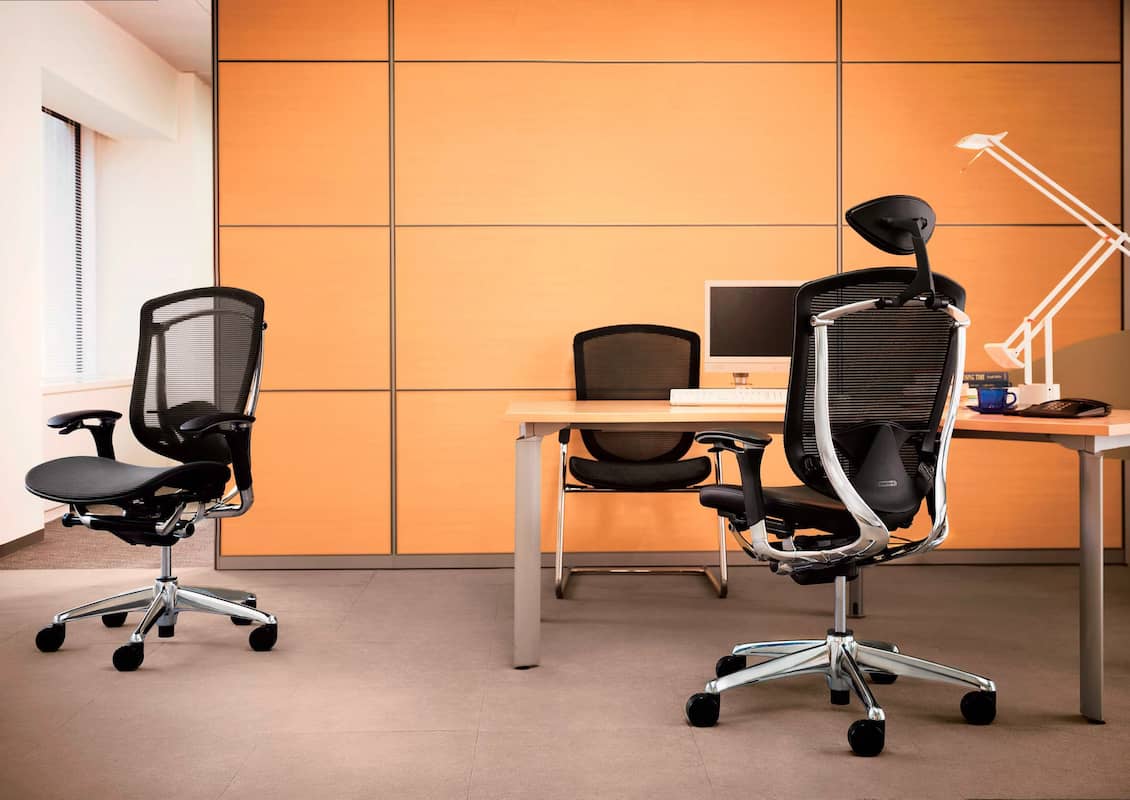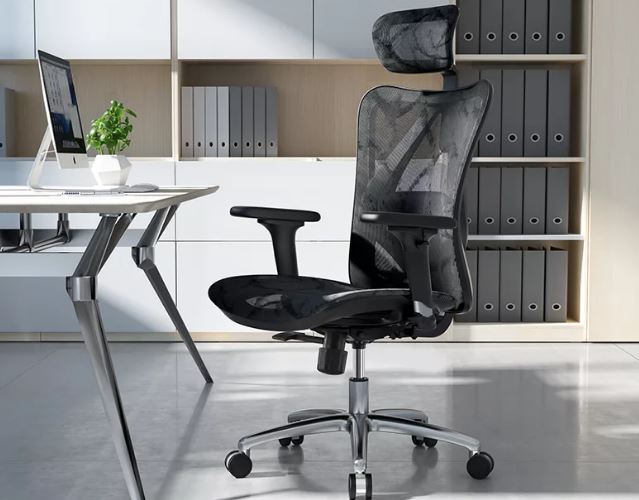A student from Arizona hits a chair which is hot news for people of that region. This chair is like any chair in the educational place at a cheap price. There are many classrooms in schools and universities that are furnished with desks, tables, and chairs that aren’t age-appropriate for the young students who attend those institutions.
More than 83 percent of primary school pupils sit at chair-desk combinations that are not optimal for their body height, according to a paper titled “Ergonomics for Schoolchildren” that was published by the University of Manitoba.
According to the report, conventional chairs found in many classrooms have a rigid seat that is inclined backward and is connected to the seat. This can result in a lack of blood circulation, a rounding of the back, tense muscles in the shoulders, neck, and back, spinal cord compression to one side, and a constriction of the digestive organs.
According to the findings of the report, pupils should be allowed to move freely while seated in ergonomically acceptable chairs. A chair with a flexible back that allows a student to vary the seat’s inclination is one example. Another is a chair that has a mechanism that allows it to rock back and forth.
Children are able to do their assignments while standing at a height-adjustable table that can also function as a lectern, as recommended by a paper published by the University of Manitoba.
According to the report, the top of the desk should be slanted at an angle of around 16 degrees; this is because working at a horizontal surface causes children’s backs to round and causes their heads to tilt backward.

Size adjustments
Schools that have chairs and desks that are adjustable will be better able to give kids with work places that are appropriately sized for them. This is because the age range and size inequalities among pupils in a school — even within a single classroom — can be significant.
The website Ergonomics4schools.com suggests that seats should make it possible for a student’s body to be comfortable and should not hinder movement in any way.
The height of the seat should not be adjusted to the point where a student’s legs are dangling below the seat. The pressure that is put on the soft tissues under one’s thighs as a result of dangling legs “interferes with the return of blood from the lower limbs,” which can lead to numbness and tingling in the thighs.
In order to avoid putting unnecessary stress on one’s circulatory system and nervous system, the seat depth should allow for some space behind one’s knees.
- A seat’s back and angle should support the natural curvature of a person’s spine in order to provide optimal comfort.
- When a student is seated, the main weight-bearing should be taken by the bony regions of one’s bottom and the top half of the thighs. This ensures proper posture and prevents injuries.
In addition, a student should be able to vary their posture when seated in a chair on a regular basis so that different muscle groups can be used to support their bodies. Discomfort, exhaustion, and inefficiency in a student’s performance are all outcomes that might result from improper seating.
Dealing with computer issues

Since the introduction of computers into classrooms became less of a novelty and more of an expected standard approximately twenty years ago, the concept of having adequate seating to accommodate students in a classroom has taken on a new significance.
Students are not simply obediently seated and listening to an instructor, nor are they hunched over a horizontal work surface as they write notes or complete assignments; rather, they are actively tapping on keyboards and staring into video monitors in order to gather information or complete assignments.
It is possible for children to develop health issues such as muscle pain, eye strain, or repetitive motion injuries if they are not provided with furniture that is appropriately proportioned and positioned for computer use.
According to a report published by the University of Manitoba, forty to fifty percent of students in grades six to eight report that they overuse computers.
Additionally, forty percent of sixth-graders report experiencing symptoms of musculoskeletal discomfort, and sixty-four percent of sixth-graders who use laptop computers report experiencing neck discomfort.
Students seated in front of a computer should ensure that their eyes are properly aligned with the monitor and that their arms and hands are on the keyboard at the proper angle to type without causing discomfort or fatigue. Doing so will help lower the risk of computer use causing health problems in the long run.
According to the Cornell University Ergonomic Website, the following components should be included in a student’s computer workstation:
- A solid surface to work on.
- A chair that can be adjusted in both its height and its back support, known as an adjustable chair. Armrests should be able to pivot as well as have height and width adjustments available to the user.
- A height-adjustable keyboard tray with a downward slope that maintains an elbow angle that is greater than ninety degrees and maintains a neutral posture for the wrists.
- A mouse platform that is height-adjustable and glides, so that the mouse can be positioned near to the side of the body, above the keyboard tray, and the arm does not have to reach to the side in order to use it.
Correct Posture

students still need to maintain proper posture when they are seated at a workplace, even if the furniture is designed to be ergonomically acceptable.
The feet and low backs of students should be supported by their seating; students should relax their shoulders and arms, align their elbows with the keyboard, straighten their hands and wrists, bend their necks slightly, and align their eyes with the text on the display.
The websites also provide schools with recommendations for how they can make very simple adjustments and improvements to a computer workspace in order to improve the seating comfort of their pupils. Booster seats and footrests are able to assist kids whose bodies are not aligned correctly because they are seated too low in a chair or their feet do not reach the ground.
Electronic devices like notebooks and tablets
For educational institutions that are moving away from desktop computers and toward laptops or tablet devices, the ergonomic recommendations for computer workstations may be irrelevant and unnecessary at this moment.
According to a survey from the University of Manitoba, the typical posture of many students when using a laptop causes them to hunch forward, which places strain on their backs, necks, and shoulders. In many instances, the user places the laptop display at an inappropriately low level. The research suggests that students make use of an adjustable stand or an external keyboard in order to put their bodies in the optimal position for learning.
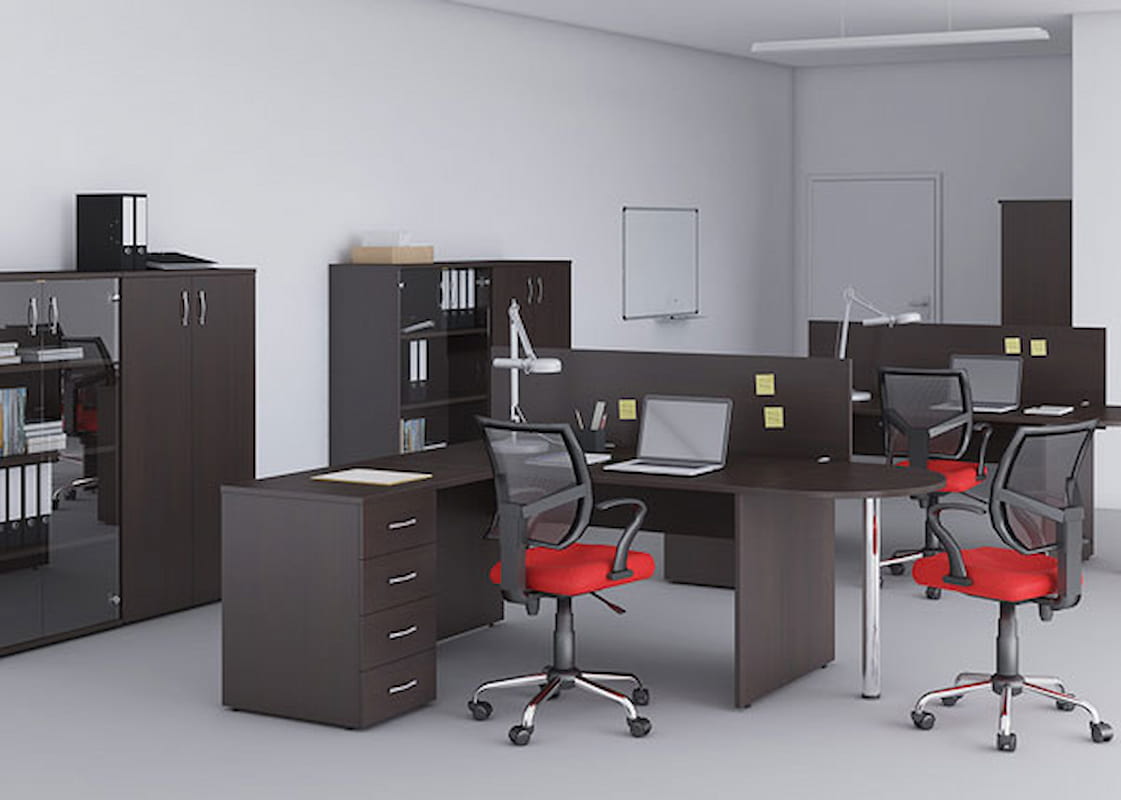
The use of tablet computers like iPads has been proven to have similar ergonomic challenges. The Harvard School of Public Health conducted a study on how people used computers and discovered that tablet users had their heads and necks in positions that were more flexible than those typical of people who used desktop or notebook computers. This may result in discomfort in the neck.
The findings of the study led the researchers to the conclusion that people who use tablets should consider purchasing a case that also functions as a tablet stand. This will allow them to support the device at an angle that reduces the amount of strain that is placed on the neck.
